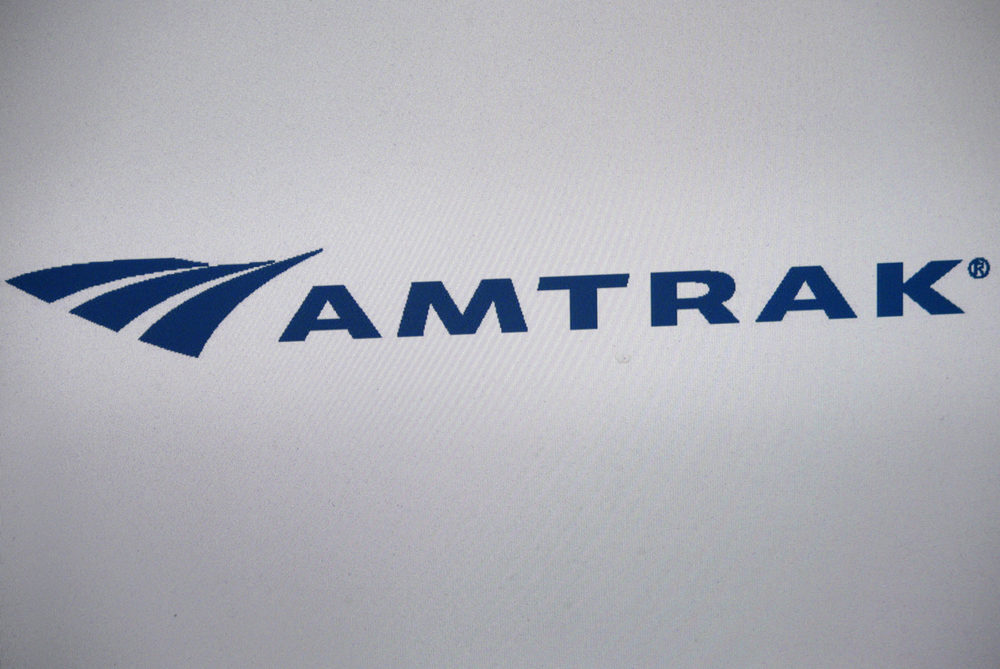Amtrak Train Derailment Lawsuit Filed by Railroad Employee

The first of what is certain to be many lawsuits over this week’s Amtrak train derailment was filed Thursday, by an Amtrak employee who was injured as a passenger during the deadly crash Tuesday night.
The complaint (PDF) was filed by Bruce Phillips and his wife, Kalita, in the U.S. District Court for the Eastern District of Pennsylvania.
Phillips brought the lawsuit against the National Railroad Passenger Corp., known commonly as Amtrak, under the Federal Employers’ Liability Act (FELA), as he was riding the train back to his post in New York and not working the night of the crash.

Did You Know?
Millions of Philips CPAP Machines Recalled
Philips DreamStation, CPAP and BiPAP machines sold in recent years may pose a risk of cancer, lung damage and other injuries.
Learn MoreAmtrak Regional Train 188 derailed Tuesday night in Philadelphia after it tried to take a turn at more than 100 miles per hour, double the track’s speed limit. The train, headed from Washington, D.C. to New York City, was carrying 238 passengers and five crew members when it jumped the tracks, killing eight people and injuring about 200 others.
According to allegations raised in the Amtrak lawsuit, Phillips was tossed about in a passenger car and suffered a traumatic brain injury, multiple contusions, lacerations, and other injuries, including emotional trauma, according to the lawsuit. He is currently hospitalized in Temple University Hospital.
Amtrak is accused of negligence for failing to properly and safely operate the train, travelling at excessive speed, failing to have sufficient personnel to safely operate the train, and failing to provide appropriate systems to slow and stop the train, among other charges. His wife is suing for loss of consortium. They are seeking both compensatory and punitive damages.
While the accident is still under investigation, a team from the National Transportation Safety Board (NTSB) has determined that the train headed toward the turn at 107 m.p.h. when the engineer, identified as Brandon Bostian, hit the emergency brakes. The train took the turn at 102 m.p.h.; more than double the 50 m.p.h. speed limit, according to data recorders on the train, analyzed by the NTSB team.
In addition, that section of the tracks did not have a positive control system used across the region to automatically slow trains down when travelling at excessive speed. Congress has mandated that all railroads in the U.S. have such a system in place by the end of this year.
However, some critics say the accident could have been avoided if a second engineer had been present on the train, which would have increased the chance of preventing the train from going too fast.
As additional passengers hire personal injury lawyers for the Amtrak train derailment, more lawsuits are likely to be filed in the coming weeks and months.
Get more articles like this sent directly to your inbox.
"*" indicates required fields





0 Comments